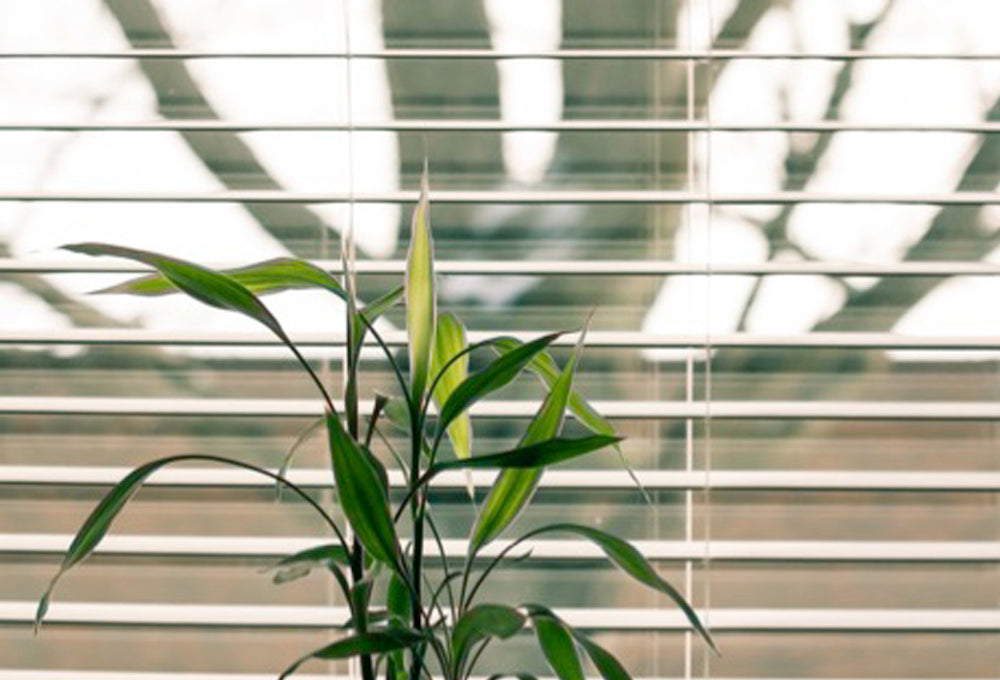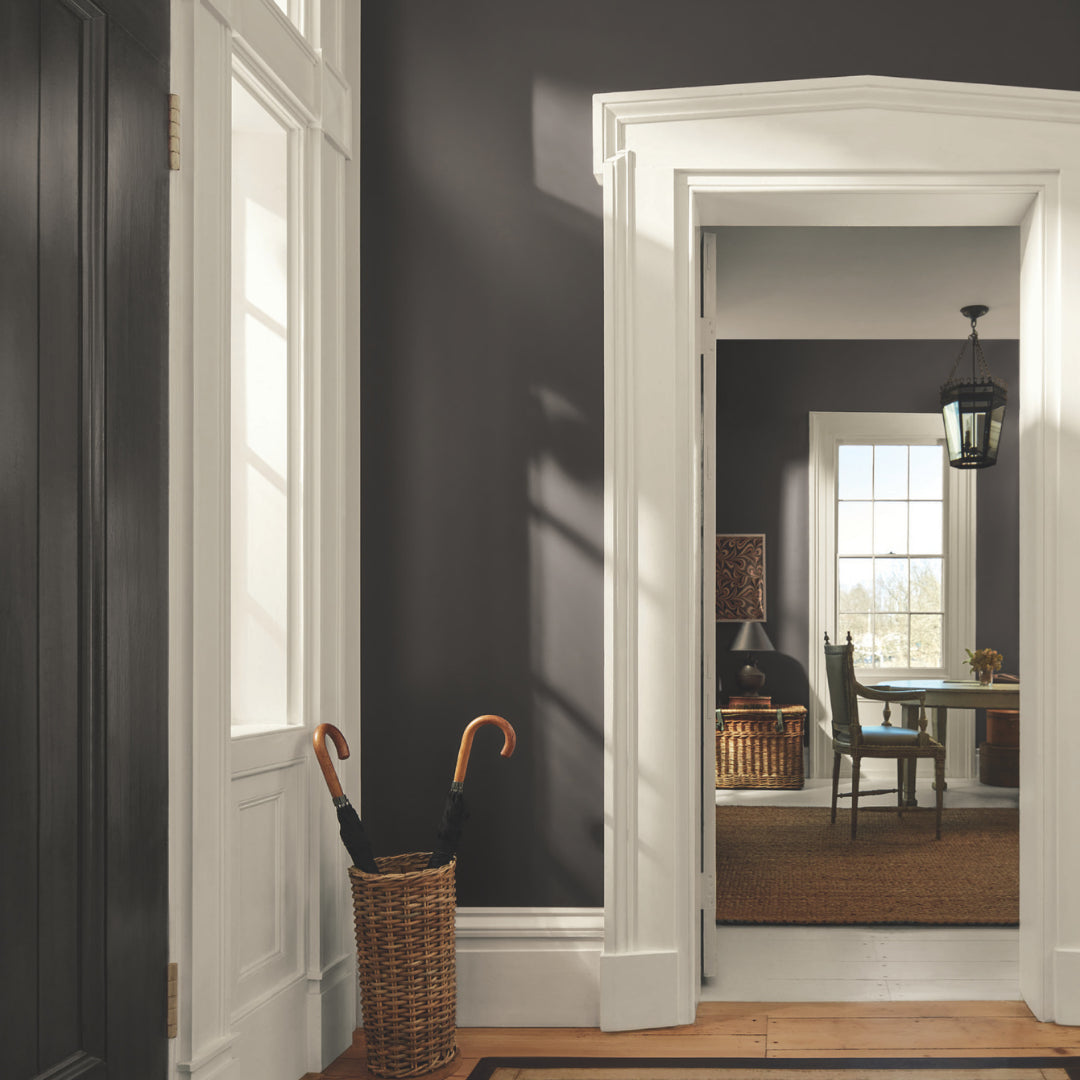Your Cart is Empty
SAVE TIME, ORDER ONLINE FOR IN-STORE PICK UP
- Shop
- Shop Supplies
- Shop Color
- Window Treatments
- About Us
- For Professionals
- Festool
- Contact Us
- Store Locator
- Gift Cards
- Find a Painter
- Blog
- Login

Woven wood blinds are a true, natural and raw window treatment that can be added to any home for an instant earthy feel. Made from reeds, natural wood, bamboo and grasses, woven wood shades are available in a few different styles and formats. Regardless of which type of woven wood treatment a homeowner chooses, they will benefit from the way the sunlight filters through the textured appearance of the woven wood treatment in each room. These functional, yet aesthetically pleasing, woven wood blinds are super easy to figure out and even easier to install. Follow these five easy steps for hanging woven wood blinds:
Woven wood blinds can either be installed inside or outside the window frame, depending on a homeowner’s aesthetic preferences and how they would like their home décor to look. For inside mounting, place a bracket on the ends of the head rail and mark the wall, using a pencil, to show where the rear of each bracket touches the inside of the window frame. Remove each bracket and line them up with the markings, attaching each one using 1 ¼” screws. For outside mounting, place a bracket on both ends of the head rail, placing an additional bracket in the center for larger woven wood blinds. Hold the window treatment at the desired height, center it over a window opening—be sure to mark this length with a pencil on the wall. Remove the brackets from the head rail, position each bracket accordingly and screw the bracket into the wall or window molding using the 1 ¼” screws.
The head rail is the main base component of the woven wood blinds, so it is important for homeowners to make sure that it is secured properly during the installation process. Lift the head rail into its appropriate position, securing a washer and a wing nut onto the post of each bracket. Tighten them by hand so that the head rail is stable and secure.
Testing the newly hung woven wood blinds is a critical step—if a homeowner fails to test them, they’ll have to go back in the near future and repeat the process all over again. Test out the shade by lowering and raising it at least two times each. To lower the woven wood blinds, move the cord to the left and simultaneously pull down gently, so that the cord lock can release. Once the cord is at the desired level, move the pull cord to the right and release—this should lock the woven wood blinds into place. To raise the woven wood blinds, pull the cord down until the shade reaches a desired height, releasing the cord so that the blinds can lock automatically.
Sometimes, homeowners want to shorten or adjust the lift cords on their woven wood blinds. The best time to play around with the cord length is during the installation process. To shorten the lift cords, mark each cord at the height you want it to hang at. Then, slide the tassels above that point, tying a new knot in each cord; simply cut off any excess cord, as it is no longer needed. Adjusting the safety cord feature is also crucial during the installation process, as it significantly reduces the risk of strangulation to infants and toddlers. Position the safety cord stops by lowering the shade to its maximum desired length. After locking it into place, measure the distance from the head rail until the cord stops completely. Cords should ideally stop 1 to 3” below the head rail—if this is not the case, untie the knot that surrounds the cord stop, moving the cord stop as close to the head rail as possible.
Gleco Paint Stores are conveniently located in Mt. Pocono, Scranton and Easton, Pennsylvania, and offer customers so much more than just paint. Local homeowners should consider Gleco Paint if they are interesting in purchasing and installing woven wood blinds. Contact Gleco Paint by e-mailing info@glecopaint.com for more information.

Find fresh color inspiration for 2026 with Benjamin Moore’s new Color of the Year and Color Trends Palette. Silhouette is a study in balance — rich yet restrained, moody yet inviting.

Black paint adds contrast, depth, and timeless elegance to Pennsylvania homes. It pairs beautifully with neutral shades, metallic finishes, and natural textures, allowing homeowners to craft spaces that feel both dramatic and sophisticated.

Gray paint colors adapt beautifully to natural light, making them ideal for homes in Easton, Scranton, and Mt. Pocono.